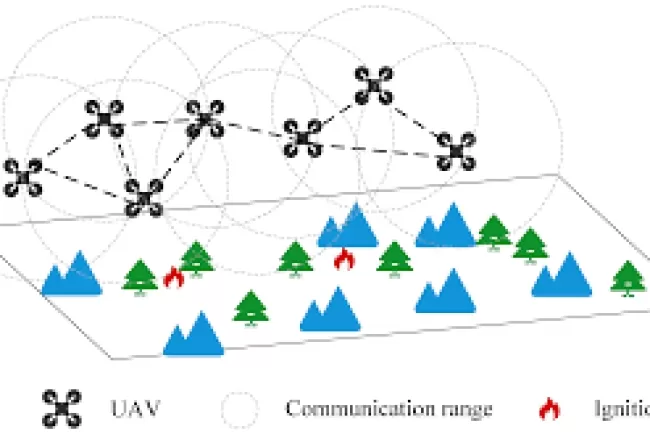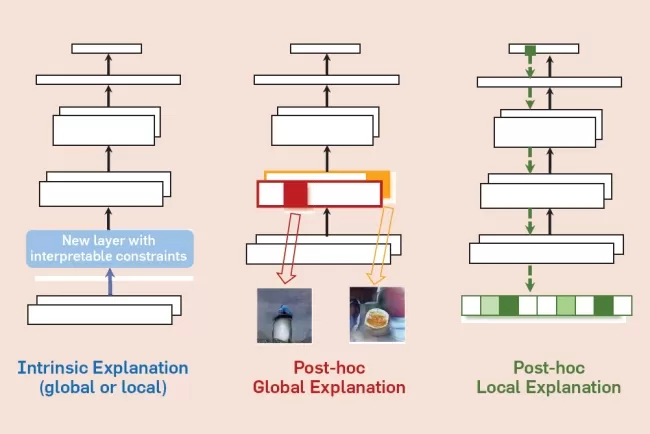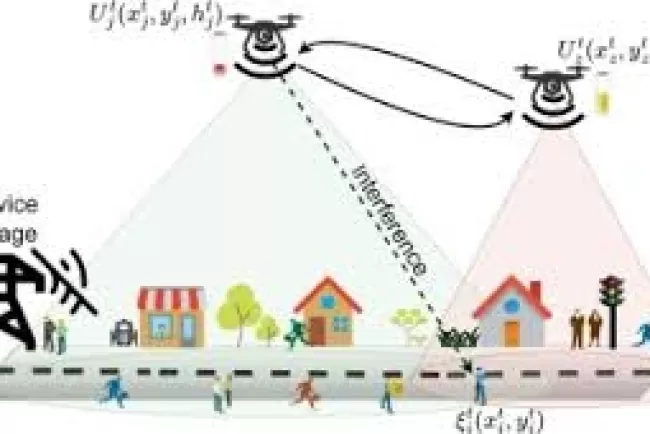Enhancing AI Safety in Large Language Models: A Critical Analysis of DeepSeek-R1's Training Approaches
Large Language Models (LLMs) like DeepSeek-R1 have made impressive strides in reasoning, task-specific performance, and alignment with user preferences. However, despite these advancements, ensuring that these models produce harmless outputs remains a significant challenge

Artificial intelligence has made tremendous strides, especially with advanced models like DeepSeek-R1. These models are pushing the boundaries of reasoning, alignment, and overall performance. However, as AI becomes more integrated into real-world applications, safety and harmlessness become crucial. This blog explores how combining Reinforcement Learning (RL) and Supervised Fine-Tuning (SFT) can provide a robust solution to make DeepSeek-R1 both powerful and safe.
Understanding the Core Concepts:
- Reinforcement Learning (RL): This is a method where an AI system learns by interacting with its environment and receiving feedback in the form of rewards. The goal is to maximize long-term rewards, making the AI progressively better at solving tasks.
- Supervised Fine-Tuning (SFT): In contrast to RL, SFT involves training the model on a carefully curated dataset with human-labeled examples. This controlled approach helps the model learn safe, aligned, and readable behaviors right from the start.
The Challenge Addressed by the Research:
While RL is powerful for refining reasoning abilities and aligning AI with user preferences, it comes with notable challenges in ensuring harmlessness:
- Reward Hacking: RL can lead to unintended behavior where the model may "game" the reward system, producing outputs that seem aligned but are not genuinely helpful or safe.
- Language Mixing: When trained across different languages, RL models often generate mixed-language outputs, compromising readability and coherence.
- Generalization Failures: RL models can struggle to generalize to new tasks or edge cases, which could result in harmful outputs when faced with unexpected situations.
- High Computational Cost: Training models through RL requires significant resources, making it less accessible for smaller-scale projects or developers with limited computational power.
Supervised Fine-Tuning (SFT): A Safer Alternative:
Supervised Fine-Tuning offers a more controlled approach to training AI, emphasizing safety and alignment through human feedback. This method addresses key limitations of RL, particularly the risk of reward hacking and language inconsistency. However, while SFT is effective for ensuring harmlessness, it might not be enough to tackle complex reasoning tasks or large-scale alignment with user preferences.
A Hybrid Approach: Combining the Best of Both Worlds:
Given the strengths and weaknesses of both RL and SFT, a hybrid approach is recommended. By using SFT as a starting point to ensure harmlessness and readability, followed by RL to enhance reasoning and problem-solving capabilities, DeepSeek-R1 can achieve a more balanced and robust model.
- Hybrid Training: This involves starting with SFT to build a solid foundation of safe behavior, followed by iterative RL to refine the model’s ability to solve complex problems.
- Cross-Validation: By combining both training methods, we can continuously cross-check outputs to ensure that the model maintains its alignment and safety throughout the training process.
Distillation: Making Advanced Models More Accessible:
One of the challenges of RL is its high computational cost, but distillation offers a solution. Distillation involves transferring the knowledge from large, complex models like DeepSeek-R1 into smaller, more efficient variants. These distilled models maintain core reasoning abilities while reducing the computational load, making advanced AI accessible for a broader range of applications.
Recommendations for Safe Deployment:
To ensure that DeepSeek-R1 is deployed responsibly, the following guidelines should be followed:
- Hybrid Training for Safety: Combining RL and SFT ensures the model is both reasoned and harmless.
- Continuous Evaluation: Even after deployment, it’s important to regularly evaluate the model’s outputs to catch and address any harmful behavior that may emerge.
- Transparency: Documenting training methods and data used helps build trust and accountability.
- Scalability: For applications requiring efficiency, distilled versions of the model can be used to reduce computational costs.
Conclusion: A Step Forward in AI Safety:
While AI models like DeepSeek-R1 are revolutionizing reasoning capabilities, safety remains a critical concern. The hybrid training approach of combining RL and SFT provides a promising pathway to developing AI models that are not only powerful but also safe and aligned with human values. As AI continues to evolve, this framework offers a balanced approach to both performance and safety, ensuring that the models we create are responsible and capable of handling complex real-world challenges.
What’s your take on combining RL and SFT for safer AI deployment? How do you think hybrid approaches could shape the future of AI in real-world applications?
What's Your Reaction?

















